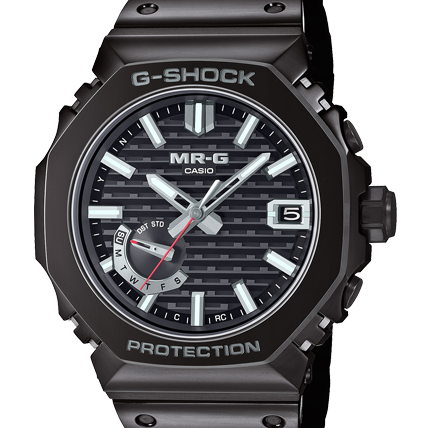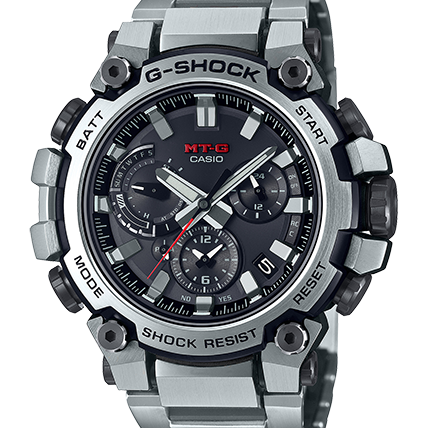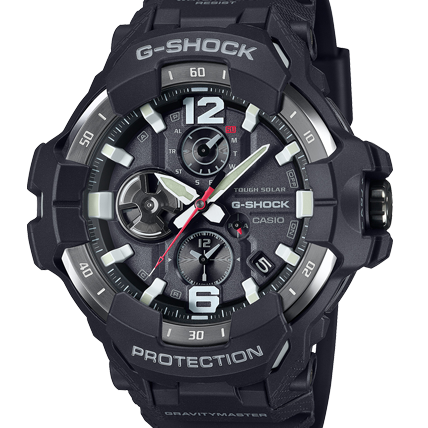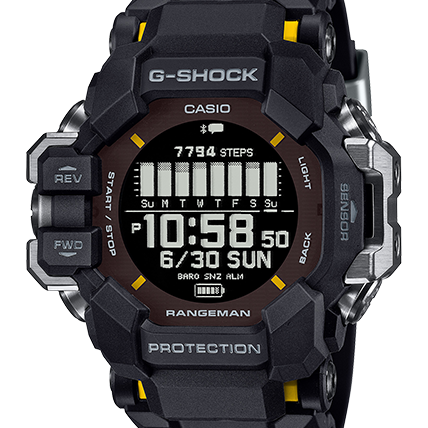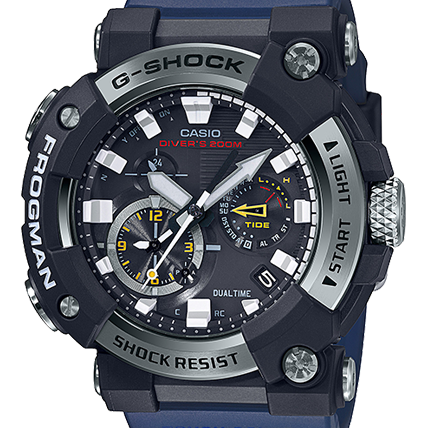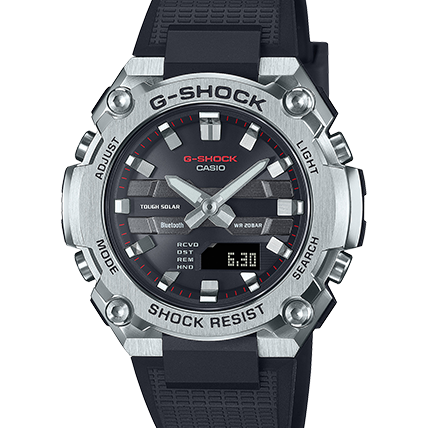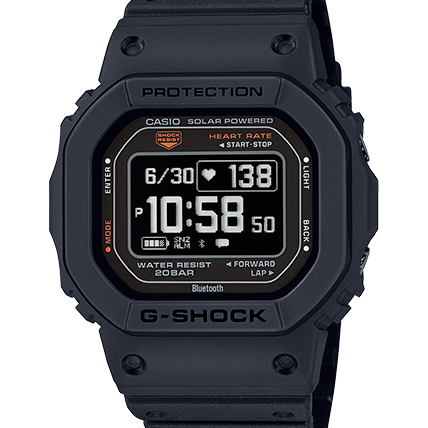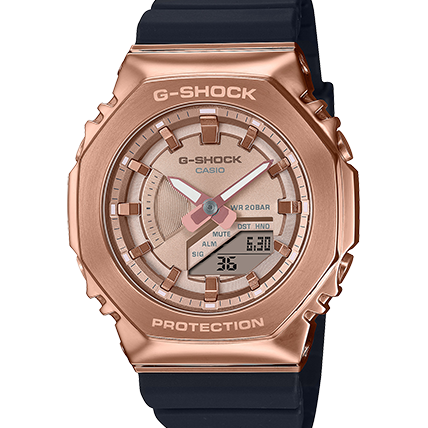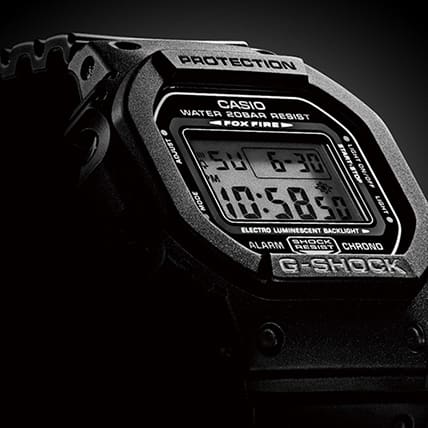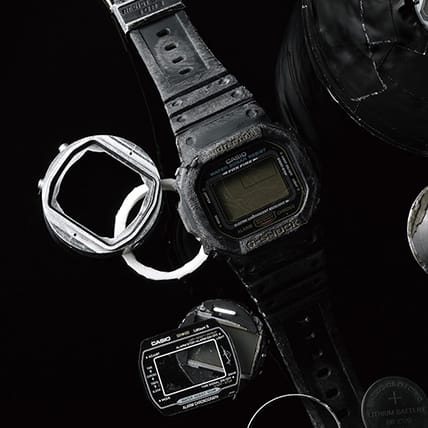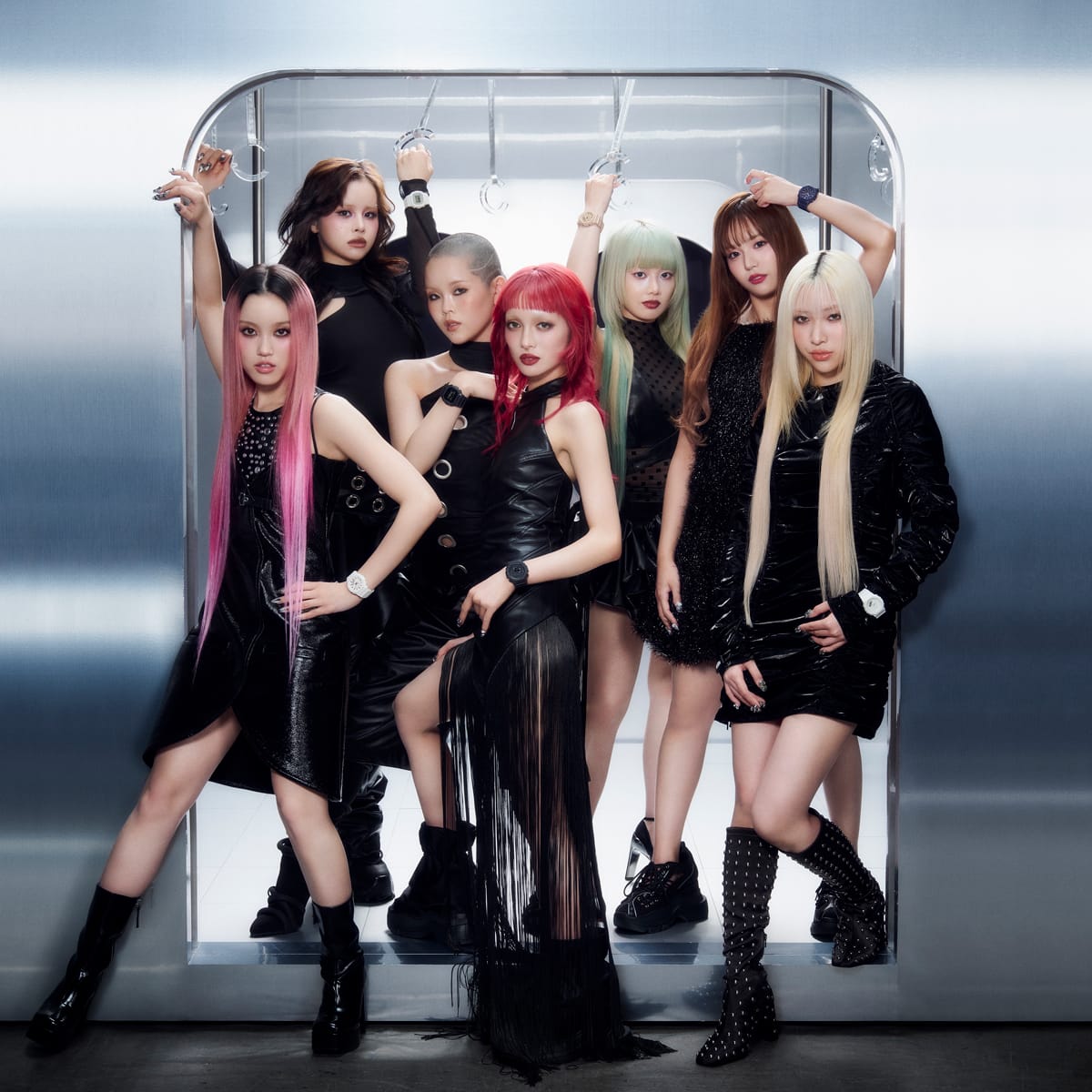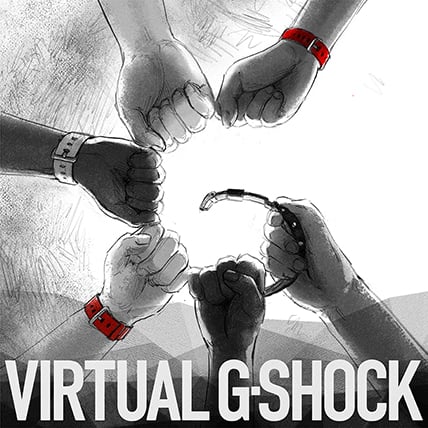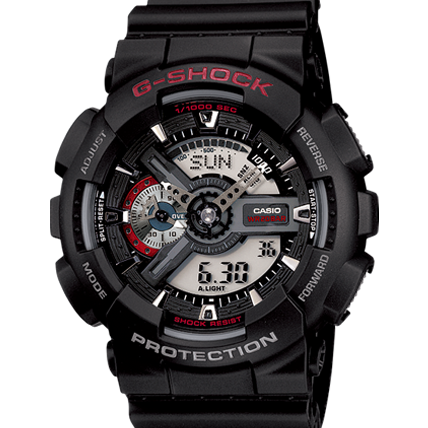Yuto Totsuka: Progress, Challenges, and Where He Stands Now

Yuto Totsuka, a top contender in snowboard halfpipe, has claimed victory at some of the sport’s most prestigious contests. Looking ahead to the major event in 2026, he says he’s not only aiming to compete, but has a medal firmly in sight. In this exclusive off-season interview, we explore what he values most in achieving top performance—and also hear about the more personal side of the 23-year-old athlete.
Profile: Yuto Totsuka
Discipline: Snowboard Halfpipe
Date of Birth: September 27, 2001 (23 years old)
Hometown: Kanagawa, Japan
Started Riding: Age 2

Major Achievements
2017: Japan National Champion
2017 & 2018: FIS World Cup Overall Champion
2020: Burton U.S. Open Winner
2021: Winner of both X Games and World Championships; third FIS Overall Title
2025: Champion of The Snow League
2024–2025 Season: Ranked 2nd Overall in World Cup standings
Topic 1
Maturing as an Athlete, Recharging as a Person
ーーIt’s been about two years since our last interview, which was right before your FIS victory. You seem a lot more mature now—not just in how you look, but in your overall vibe.
Yuto: I didn’t really realize it myself, but I’m turning 24 this September, so maybe my features are starting to look more grown-up. (laugh)

— Not just on the outside, but have you felt any changes or growth within yourself over the past couple of years?
Yuto: Yeah, definitely. Technically, last season was tough—I couldn’t really find my rhythm. So this season, I started by going back to the basics and reassessing my riding. That gave me the push to overcome some tricks I used to feel uncomfortable with, and that was a big step forward for me.
— Has that technical progress affected your mindset?
Yuto: For sure. Being able to clearly see how I could win gave me more mental space. And I’ve also found myself able to genuinely praise my competitors when they put down great runs. It may seem like a small thing, but for me, it’s a big shift.
— So your attitude towards results has shifted?
Yuto: I think that mostly comes from my riding becoming more consistent. Of course, losing still frustrates me—that hasn’t changed.
— Competing at such a high level must come with a lot of pressure. How do you keep yourself motivated when things don’t go smoothly?
Yuto: During the off-season, I focus on recharging and taking time for myself. Once the season kicks off, I shift my full attention to snowboarding. That balance and clear switch in mindset really help me stay motivated throughout the year.

— You're right in the middle of the off-season now—What do you usually do to recharge?
Yuto: Hopping on my motorcycle is the best way for me to clear my head. I often go on tours with friends, heading out to the mountains or the ocean. I also enjoy playing airsoft and going to live shows of artists I like.
— You mentioned your motorcycle in the last interview too. Still rocking the BMW S1000RR?

Yuto: Yes, same one.
— It’s kind of surprising to see someone your age riding a full-size BMW motorcycle. If I’m not mistaken, it all started with a friend’s influence, right?
Yuto: Yeah, back in high school a friend who like MotoGP said, “You should check it out—it’s super fun.” I was already kind of interested in motorcycles, and from there, I just got really into it.
— Ah, that makes sense. So that’s why you ride a sportbike.
Yuto: Exactly. The ride feels amazing, and now it’s something I can’t live without outside of snowboarding.
— Tell us a bit more—what about the airsoft games and the artists you like.
Yuto: Airsoft is honestly so much fun. Sometimes I go with my snowboard friends, and other times I just show up on my own and end up playing with people I’ve never met. As for music, I’m really into Mrs. GREEN APPLE. They’re super popular though, so unless I get lucky in the ticket lottery, it’s tough to get a ticket.
— Sounds like both are great ways to unwind. By the way, during the off-season, do you take a complete break from snowboard training?
Yuto: I always want to keep my body active, so I make time for gym workouts and occasionally ride at Quest (an artificial outdoor snowboarding facility). If I hit a good run even in the off-season, it lifts my spirits and gets me excited for the next season.
— From everything you’ve said, it seems like you’re intentional with how you spend your time around snowboarding. You’ve been snowboarding since you were a kid—what keeps you hooked?
Yuto: There’s the thrill of jumping, that unique floating sensation, and the split-second instincts you need to ride with the terrain. But for me, the biggest appeal of snowboarding has always been the sense of freedom.
— When do you feel that sense of freedom the most?
Yuto: It’s that first run of the morning, when the mountain is still untouched. Riding the lift and carving those very first turns feels like painting on a blank canvas. There's nothing quite like it.
— That really might be one of snowboarding’s universal joys—something anyone can relate to, no matter their skill level.
Yuto: For sure. The better you get, the more fun it is. But that doesn’t mean you have to be good to have a great time.

— These days, a lot of kids in Japan are getting into snowboarding from a young age and quickly becoming rising stars. What do you think we need to do to get even more people interested in snowboarding?
Yuto: I think the best way is for more people to see Japanese riders competing on the world stage. The reality is, even the biggest competitions get way less exposure than major sports. That’s something my generation needs to help change by performing and making headlines.
— As one of Japan’s top pro snowboarders, what advice would you give to the younger generation?
Yuto: I’d say find a snowboarder whose style you admire and don’t be afraid to go up and talk to them.
—Could you tell me why you think so?
Yuto: I think having someone to look up to really helps kids improve faster. And from what I’ve seen, the ones who get better the fastest are usually the ones who speak up and ask questions when they’re not sure about something.
— Still, it must take a lot of courage to actually walk up to someone you admire.
Yuto: Honestly, I used to be the same way—I wasn’t the type to go up and start conversations, especially with pros. But around 14 or 15, I started talking with Raibu Katayama, and after that, my freeriding and powder skills really took off. So yeah, I know it can feel intimidating, but those kinds of conversations can make a huge difference. And honestly, older snowboarders usually don’t mind when younger riders reach out. Maybe it’s all that time they spend in nature, but most of them are super open and easygoing.

— That’s reassuring to hear! So, what’s next for you?
Yuto: Right now, I’m focusing on the biggest event coming up in Milan next year, with my sights set on winning a medal.
— If you make it, it’ll be your third time competing on the world’s biggest stage. I imagine there’s a lot of personal meaning behind your drive for results.
Yuto: If I win in Milan, I’ll have completed the full set of major snowboarding titles. It’s been my goal ever since I first set out on this path. I really feel like this is my moment. Winning a medal really changes how people view the sport, so I want to give it my all—not just for myself, but to help snowboarding make a lasting mark.
— We’re excited to see you stand out on the global stage!
Yuto: Thank you so much!
Topic 3
How to Enjoy Watching Halfpipe—Tips from a Top Rider
— There’s been a lot of talk lately about someone landing a four-and-a-half spin trick in the halfpipe—something never seen before in competition. But it feels like there’s more to the sport than just counting spins.
Yuto: What we call "power routines"—stringing together a bunch of high-rotation tricks—used to be what the judges looked for. But that’s started to change in the past few years. These days, even with fewer spins, if your run has enough originality, it can actually score higher than a power routine. So yeah, spin count alone doesn’t define who’s the best anymore.

— What kind of things get judged as “original”?
Yuto: One thing that’s easy to recognize is riding switch—that’s means riding in the stance opposite to your natural one. Just like in other sports where athletes have a dominant hand or foot, snowboarders naturally have a preferred stance. So when you deliberately ride the other way, it makes the trick harder and adds a unique touch.
— You mean regular stance (left foot forward) vs. goofy stance (right foot forward), right?
Yuto: That’s right. In halfpipe, spinning backside is way more difficult than spinning frontside. Anyone who’s tried it knows—backside tricks in the pipe are really specific, and you can’t just practice them on regular slopes or jumps. That’s why many riders try to include both switch and backside tricks in their runs—it’s a combination that really stands out and scores well.
— It sounds like even people who aren’t familiar with snowboard tricks can enjoy the runs more if they pay attention to things like stance and spin direction.
Yuto: Definitely. I ride regular, but I do switch backside tricks in contests, so I’d be stoked if people picked up on that. Once you know a rider’s stance, it adds a whole new layer—you can start thinking, “They’re dropping in switch—are they about to throw a frontside or backside spin?” Stuff like that makes watching so much more fun.
— You’re known for your big air. And in halfpipe, amplitude really matters. But is it as simple as “the higher you go, the easier the trick”?
Yuto: Technically, yeah—more height means more time to rotate. But even more important is the angle of your takeoff. If you kick too hard, you fly away from the lip and it becomes way harder to land or even complete the trick.
— Naturally, there’s always some risk involved. Another term that comes up a lot is “cork”—that’s the off-axis rotation, right?
Yuto: Yeah. Especially “triple corks”—they’ve become pretty standard. Most riders now include at least one in their runs. Personally, I love watching triple corks. What makes them fun is that each rider spins them a little differently.
— Wait, really? That still counts as the same trick?
Yuto: Yeah. Take a triple cork 1440—three vertical flips and four full spins. Some riders flip first, then spin. Others spin first, then flip. And then there are those who manage to do both rotations at the same time—that’s the cleanest way to do it, but pulling it off is really tough.
— Since so many riders are trying the same trick, I imagine part of the fun is noticing the subtle differences in how each one does it. You’ve got triple corks in your run too, right?
Yuto: Absolutely. I’ve been thinking a lot about how to connect triple corks with other tricks, and how to really showcase my strength—spinning in all directions. I’m really looking forward to showing everyone what I’ve been working on.
Topic 4
My Go-To Gear That’s Always on My Waist
— Your favorite G-SHOCK model is the DW-H5600 series, which works well not just for sports but for daily life, right?
Yuto: Yeah, exactly. When I’m snowboarding, digital displays are easier to read than analog ones, so I use it often—even during competitions. It’s like the perfect companion for me. Plus, white is my favorite color, so I always want to have it with me.
【Related model】
— Along with the DW-H5600 series, you’ve also brought three other models you’re especially into these days. Can you tell us a bit about them?

Yuto: This one is from the new G-LIDE sports line. I really like the combination of metal and translucent materials. I switch between this and the DW-H5600 depending on my mood. It’s got all the functions you need for different kinds of activities, so it’s perfect for things like gym workouts or going for a walk.
【Related model】
— And here we have the full-metal model.

Yuto: I usually wear the full-metal model when I want to give my outfit a sharper, more refined look. It really pulls the whole style together. These days, I’ve been going to more upscale places for dinner, so this watch feels like the right fit for those occasions.
【Related model】
— And the last one?

Yuto: This is a new colorway of one of my favorite models—the GA-2100 series. The white and blue give it a fresh, summery feel, and I really like the glow-in-the-dark detail. I’d love to throw this on for a ride on my bike.
【Related model】
— A watch is something that’s with you every day. Switching it up based on your mood is a lot like choosing your outfit, and that little change can really help reset your mindset, even during tough training.
Yuto: That’s exactly what G-SHOCK is to me. It’s not like I wear it all the time just because they sponsor me. I genuinely enjoy fashion, and I like being able to express different sides of who I am. That’s why G-SHOCK is essential—it makes everyday life more fun.

— We’re so glad to hear that G-SHOCK isn’t just supporting you as an athlete, but also adding color to your lifestyle. We look forward to growing together with you as your career continues to evolve.
